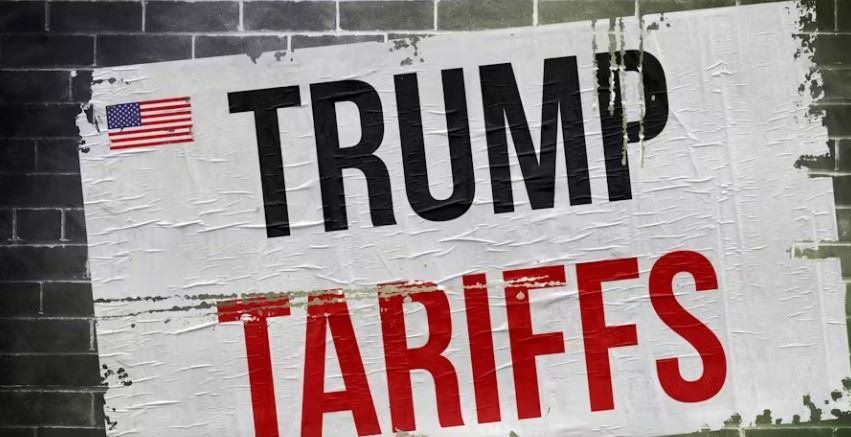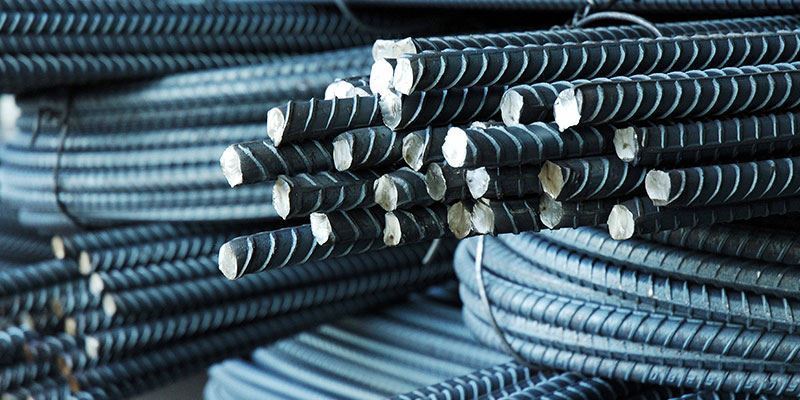American manufacturers pay significantly higher costs for metals like aluminum, steel, and copper compared to their foreign competitors. The rising costs for U.S. manufacturers, even before the tariffs on metals were implemented, have led to a decline in business confidence and increased concerns about inflation.
For a long time, prices for three key industrial raw materials have been rising in the U.S., partly due to manufacturers’ efforts to stockpile supplies before the tariffs imposed by U.S. President Donald Trump take effect. Spot prices for aluminum customers are about 23% higher than in Europe. Steel prices are roughly 40% higher than the 25% tariffs that Trump imposed on both metals in recent weeks. In the copper market, where tariffs may still be a few months away, American manufacturers are already paying about 10% more than European buyers.
These rising costs have reshaped global metal markets, as traders rush to profit by shipping cargoes to the U.S. before the tariffs take effect. However, for manufacturers, the anticipated price surge driven by Trump’s trade policies has created significant trade barriers. By the end of February, the price index for American steel had surpassed $900 per ton, increasing by more than 30% this year as tariffs were placed on foreign supply.
Trump views these tariffs as a means to strengthen U.S. production in the long run, although growing evidence suggests that consumers will bear the costs in the short term. Trump’s plan to impose tariffs on steel and aluminum imports is unlikely to reverse decades of declining market share and industrial stagnation. According to Bloomberg, these tariffs were among the first imposed by Trump during his first presidential term, when he implemented a 25% tariff on steel and a 10% tariff on aluminum in 2018. Since then, U.S. steel production has seen little change, while aluminum output has declined further amid domestic smelter shutdowns.









Comments
No comment yet.